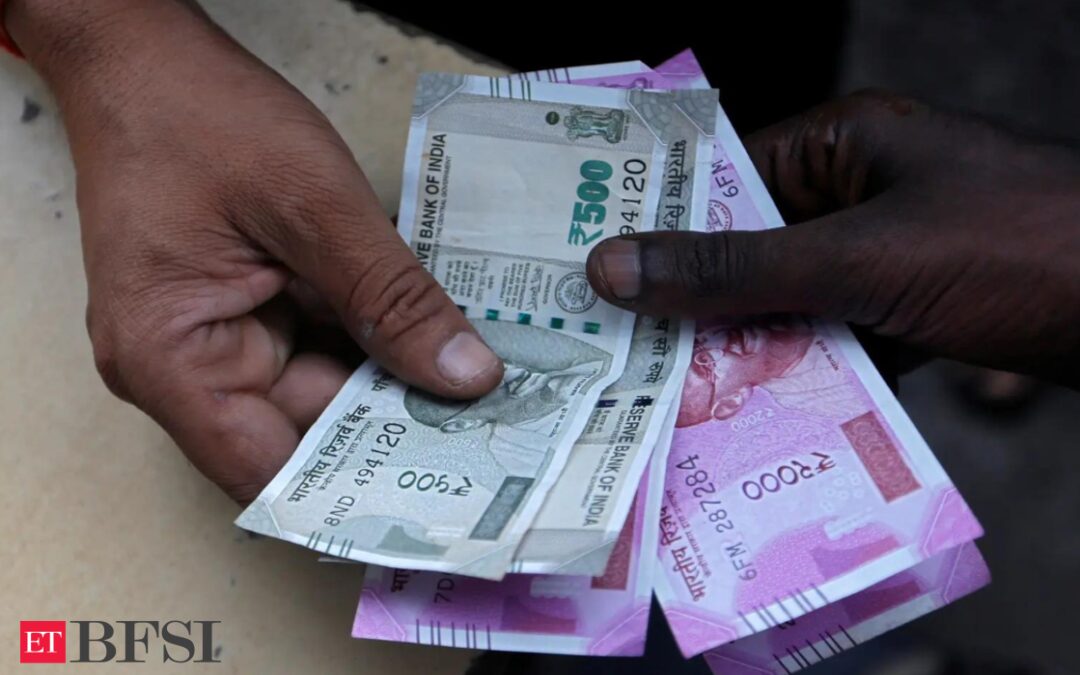NEW DELHI: Foreign direct inflows went up 26.4% to $22.4 billion during April-June, marking the fastest pace of expansion in nearly five quarters, amid signs that cross-border investment is rising globally.
Although gross inflows had gone up around 23% in the previous quarter, the last two financial years had seen a decline in the FDI coming into the country, which govt had attributed to weak sentiments in developed markets. Latest data released in the RBI Bulletin showed a 37.6% rise in inflows during June, slower than the 49% jump in the previous month (see graphic).
“Manufacturing, financial services, communication services, computer services, and electricity and other energy sectors accounted for about 80% of the gross FDI inflows. With around 75% of the flows, the major source countries were Singapore, Mauritius, the Netherlands, the US and Belgium,” it said.
A break-up of the data suggested that a bulk of the increase was on account of equity investments into the country, which went up 46% during the first quarter to $16.5 billion. Within this, around a fourth or $4.2 billion was for acquisition of shares – 2.5 times higher than the $1.6 billion during April-June 2023.The change in trend will be good news for policy makers keen to position India as an attractive destination for overseas investors who are looking to diversify their production bases beyond China to de-risk their portfolio. Globally, $635 billion worth of cross-border investment was announced during the first half of 2024, making it the fourth highest during a six-month period since 2003. Renewables, semiconductors and communications accounted for half the announcements.In recent years, in India, there have been large investments in the electronics space, including mobile phones and components. In recent years, several MNCs have also pumped money into global capability centres seeking to use Indian professionals to deal not only with IT issues but also for risk management, oil hunt and even design offices across the globe.











